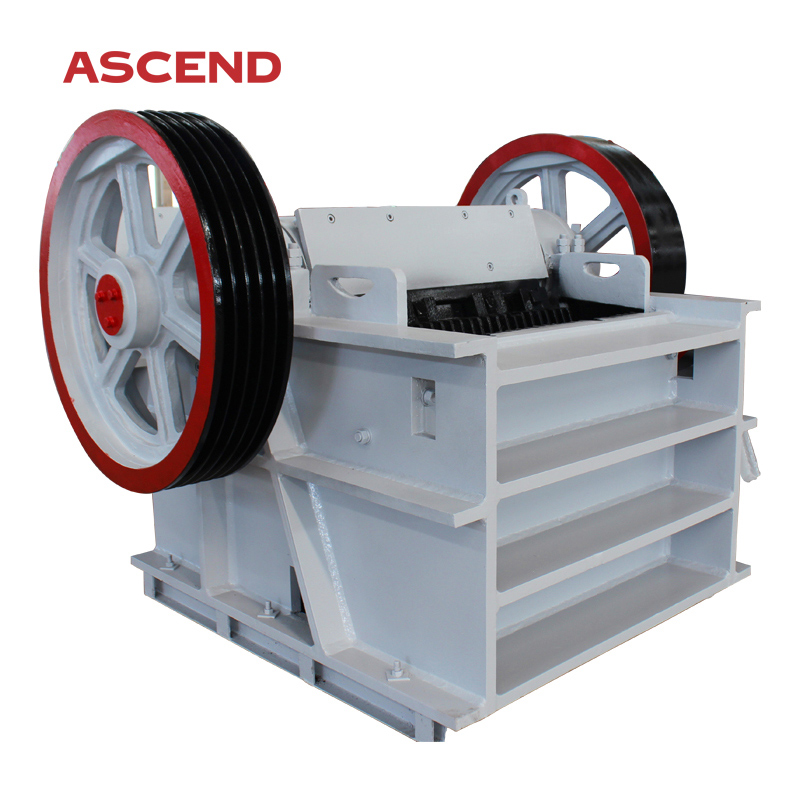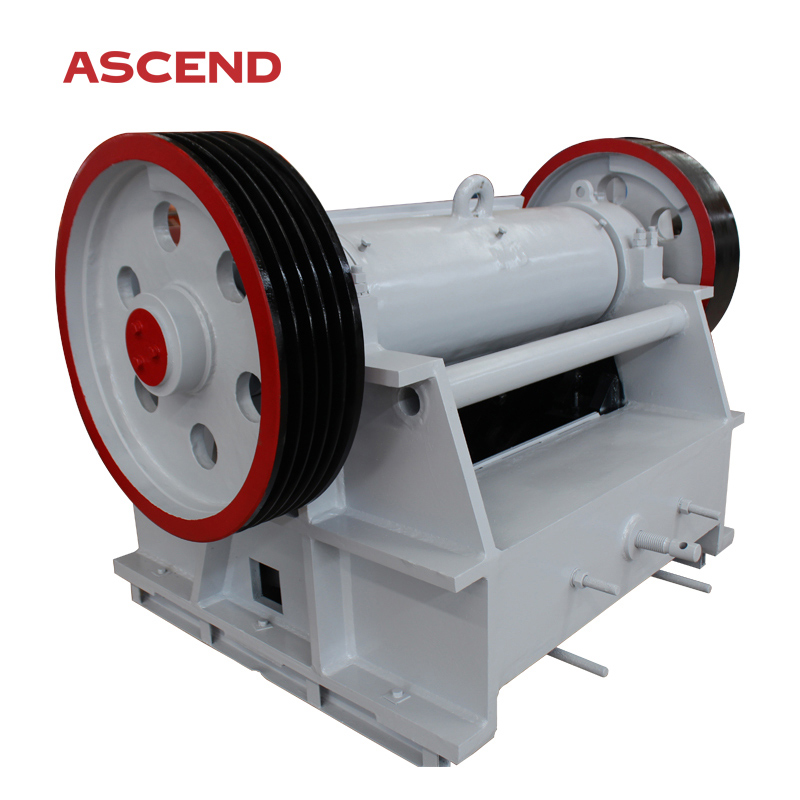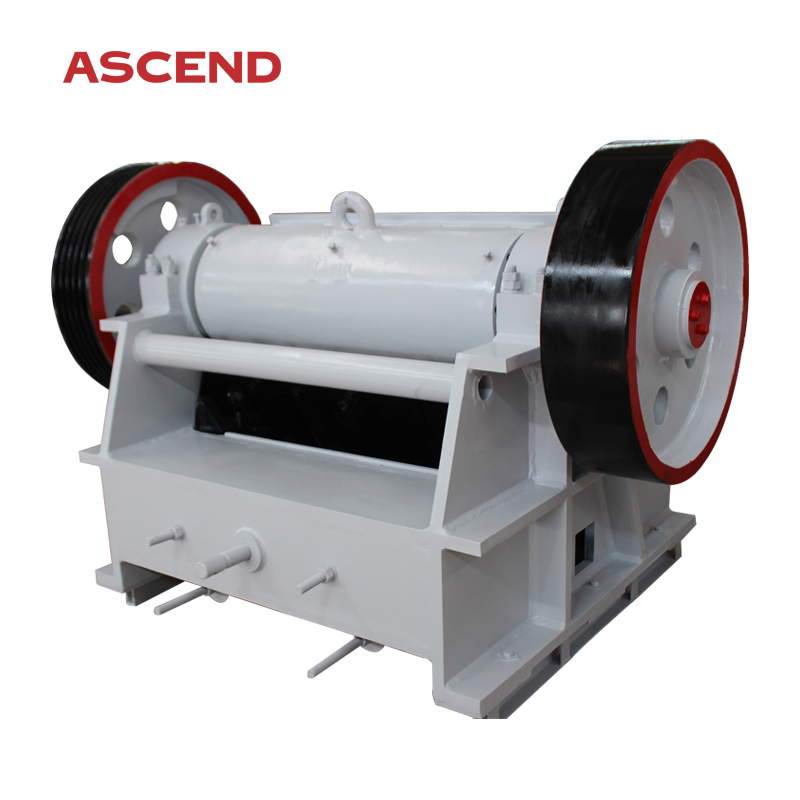Super Purchasing for Gold Stone Jaw Crusher - Limestone Rock Stone Jaw Crusher Machine – Ascend
Super Purchasing for Gold Stone Jaw Crusher - Limestone Rock Stone Jaw Crusher Machine – Ascend Detail:


Technical Parameters
|
Model |
Max. Feeding size |
Discharge size |
Capacity |
Motor power |
Weight |
Dimension |
|
Pe150*250 |
125 |
10-40 |
1-3 |
5.5 |
0.7 |
1000*870*990 |
|
Pe250*400 |
210 |
20-60 |
5-20 |
15 |
2.8 |
1300*1090*1270 |
|
Pe400*600 |
340 |
40-100 |
16-60 |
30 |
7 |
1730*1730*1630 |
|
Pe400*900 |
340 |
40-100 |
40-110 |
55 |
7.5 |
1905*2030*1658 |
|
Pe500*750 |
425 |
50-100 |
40-110 |
55 |
12 |
1980*2080*1870 |
|
Pe600*900 |
500 |
65-160 |
50-180 |
75 |
17 |
2190*2206*2300 |
|
Pe750*1060 |
630 |
80-140 |
110-320 |
90 |
31 |
2660*2430*2800 |
|
Pe900*1200 |
750 |
95-165 |
220-450 |
160 |
52 |
3380*2870*3330 |
|
Pe1000*1200 |
850 |
195-265 |
315-500 |
160 |
55 |
3480*2876*3330 |
|
Pex150*750 |
120 |
18-48 |
8-25 |
15 |
3.8 |
1200*1530*1060 |
|
Pex250*750 |
210 |
15-60 |
13-35 |
30 |
6.5 |
1380*1750*1540 |
|
Pex250*1000 |
210 |
15-60 |
16-52 |
37 |
7 |
1560*1950*1390 |
|
Pex250*1200 |
210 |
15-60 |
20-61 |
45 |
9.7 |
2140*2096*1500 |
Working Principle of Jaw Rock Crusher
During the working process of the jaw rock crusher, the motor drives the eccentric sleeve to rotate through the transmission device. The moving cone rotates and swings under the force of the eccentric shaft sleeve, and the section of the moving cone close to the static cone becomes the crushing cavity. The material is crushed by multiple squeezing and impacts of the moving cone and static cone. When the moving cone leaves this section, the material that has been crushed to the required particle size there falls under its own gravity and is discharged from the bottom of the cone.

Delivery of Jaw Rock Crusher

Product detail pictures:




Related Product Guide:
We've one of the most innovative manufacturing devices, experienced and qualified engineers and workers, recognized good quality handle systems and also a friendly experienced income team pre/after-sales support for Super Purchasing for Gold Stone Jaw Crusher - Limestone Rock Stone Jaw Crusher Machine – Ascend , The product will supply to all over the world, such as: Estonia, Riyadh, Argentina, Our company always concentrate on the development of the international market. We have a lot of customers in Russia , European countries, the USA, the Middle East countries and Africa countries. We always follow that quality is foundation while service is guarantee to meet all customers.
This supplier stick to the principle of "Quality first, Honesty as base", it is absolutely to be trust.

